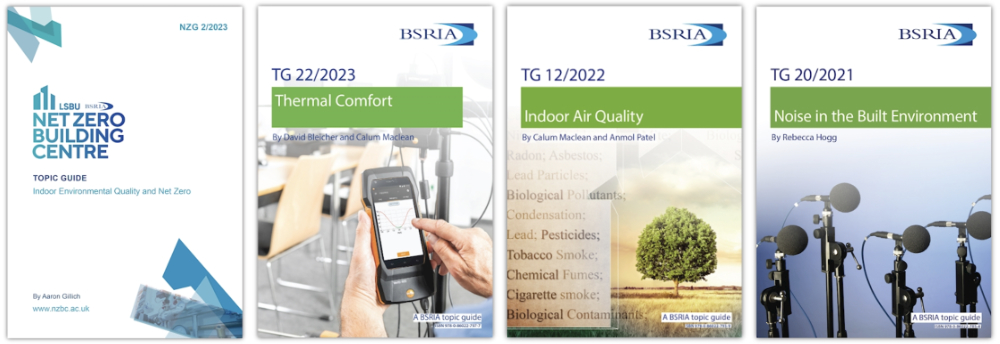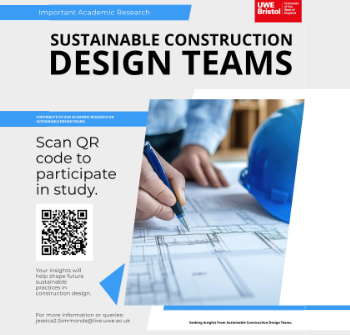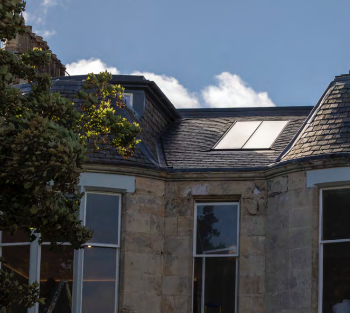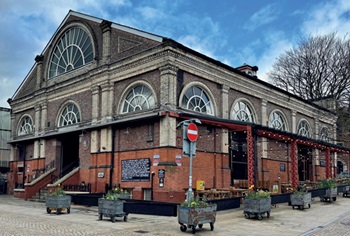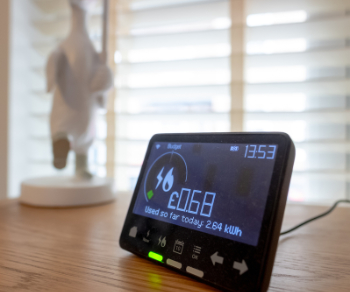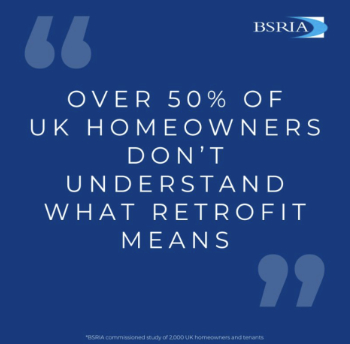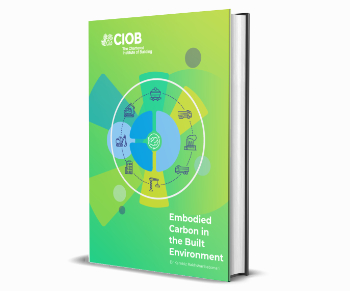Indoor environmental quality; thermal comfort, air quality and noise
Contents |
[edit] Introduction
Relevant studies show that most people can spend over 90% of their time indoors (Klepeis et al. 2001, Schweizer et al. 2007, Kirchner 2013). Thermal comfort, air quality and noise are key drivers of what can be described as indoor environmental quality (IEQ), a general indicator of the quality of the conditions inside a building.
Studies have shown that pollution levels inside buildings can often be high (Jones 1999, Schraufnagel et al. 2019, Rosário). Better indoor environmental quality can help enhance the wellbeing of building occupants, decrease sick building syndrome, building related illness and in some cases reduce worker complaints and absenteeism, thus impacting productivity. Other aspects influencing these internal conditions can also include functional aspects of space, such as the amount of space provided or ease of access to equipment or services.
The past century saw a rapid expansion in the technologies available to deliver building services, and consequently a rapid increase in standards for air quality and comfort in buildings, with very little regard for efficiency. The imperative of climate change now brings efficiency into focus in several ways. In addition to being fit for purpose and comfortable, a modern building must also be fit for the future. In short, the built environment must deliver quality and comfort without carbon and be flexible enough to maintain these standards in future climate conditions.
Indoor environmental quality as an over arching topic is covered in relation to Net Zero in a single report, whilst three separate guides describe in detail the issues around thermal comfort, air quality and noise in the built environment. These reports are described below and available for free down from BSRIA.
BSRIA has also developed an Air Quality Hub devoted to the subject, which contains a wealth of resources relating to indoor environmental and air quality as well as external air quality issues. For more information visit : https://www.bsria.com/uk/air_quality_hub/ which also includes indoor air quality (discussed in BSRIA topic guide TG 12/2022) and noise (discussed in BSRIA topic guide TG 20/2021).
[edit] Indoor environmental quality and net zero
Indoor environmental quality (IEQ) encompasses air quality and other quality metrics including acoustics, and thermal and visual comfort. The Topic Guide Indoor environmental quality and net zero (NZG 2/2023) builds on these principles and applies them to the context of net zero. It considers how the various components of indoor environmental quality impact net zero individually, and finally how they interact in a holistic design approach for traditional buildings, modern buildings, and new builds.
This is the second in a series of guides published by the Net Zero Building Centre. The first, NZG 1/2022 Net Zero Carbon Buildings, provides an introduction to the topic of net zero and discusses some of the complex issues involved with moving towards a net zero built environment.
There is extensive knowledge and guidance available on modern approaches to good indoor environmental quality (IEQ) in buildings. Environmental quality encompasses air quality and other quality metrics including acoustics, and thermal and visual comfort. This guide builds on these principles and applies them to the context of net zero.
It considers how the various components of IEQ impact net zero individually, and finally how they interact in a holistic design approach for traditional buildings, modern buildings, and new builds.
Download the topic guide here: Indoor environmental quality and net zero (NZG 2/2023)
[edit] BSRIA thermal comfort guide
This topic guide on thermal comfort has been updated (TG22/2023) and gives a general overview of the topic of thermal comfort for a general construction industry audience, including clients, architects and project managers. It includes information about legislation, factors affecting thermal comfort, measurement of thermal comfort and sources of further information.
Thermal comfort is a state of body and mind in which a person feels satisfaction with factors such as temperature and air movement in the indoor environment. There are a number of factors which affect thermal comfort, some of which can be measured, and some of which are more subjective. This topic guide explains the basic principles of thermal comfort as they apply to buildings in the UK and includes information about legislation, factors affecting thermal comfort, measurement of thermal comfort and sources of further information. An extensive range of portable devices including data logging systems for measuring thermal comfort are available for hire and purchase from BSRIA Instrument Solutions.
The topic of thermal comfort is part of the wider topic of indoor environmental quality, which also includes indoor air quality(discussed in BSRIA topic guide TG 12/2022) and noise (discussed in BSRIA topic guide TG 20/2021).
Download the topic guide here: Topic guide: Thermal Comfort (TG22/2023)
[edit] BSRIA indoor air quality guide
This topic guide on indoor air quality (TG 12/2022) replaces TG 12/2021 and gives a brief introduction to the topic of indoor air quality (IAQ). It describes the importance of indoor air quality, its effects on health, the most common contaminants, their exposure limits, how to measure them, the role of ventilation and the law.
Air pollution can have a negative impact on our health; from short term effects such as eye irritation and coughs to long term effects such as respiratory infections and cancer. The effect on health depends on the contaminant concentration and exposure time. Air of good quality is air in which there are no known contaminants at harmful concentrations.
This topic guide gives a brief introduction to the topic of indoor air quality (IAQ). It describes the importance of indoor air quality, its effects on health, the most common contaminants, their exposure limits, how to measure them, the role of ventilation and the law. It is aimed at facilities managers, building owners, building occupiers, and anyone else who needs a basic understanding of the topic.
Download the topic guide here: Topic guide: Indoor Air Quality (TG 12/2022)
[edit] BSRIA Noise guide
This topic guide, Noise in the built environment (TG 20/2021), provides a broad overview of noise in the built environment and explains how noise is produced, how noise is measured, what impact noise has and how noise can be controlled.
When designing a new building or refurbishing an existing building there are many factors to take into consideration i order to reach an excellent environment for building occupants. Factors affecting the indoor environmental quality include thermal comfort, indoor air quality, lighting and noise.
Understanding how these factors interact with each other and balancing performance parameters is an important part of designing, constructing and managing a building. This topic guide aims to explain noise in the built environment and how noise impacts on other design factors. It includes case studies with sound clips.
Download the topic guide here: Topic guide, Noise in the built environment (TG 20/2021)
This article is based on features on the BSRIA news and website throughout 2021-2024.
--BSRIA
[edit] Related articles on Designing Buildings
- Air change rates.
- Air filtration and clean indoor air quality standards.
- Air quality.
- Arrestance.
- BREEAM Indoor air quality plan.
- BREEAM Indoor air quality Ventilation.
- BREEAM Indoor pollutants VOCs.
- BREEAM NOx emissions.
- BS ISO 17772 - Indoor environmental quality.
- BSRIA Noise in the built environment TG 20/2021.
- Building Back Better: Health.
- Building related illness.
- Ensuring good indoor air quality in buildings.
- Environment.
- Health effects of indoor air quality on children and young people.
- Health and wellbeing impacts of natural and artificial lighting.
- HVAC 2030: BSRIA puts opportunities and challenges to the industry.
- Indoor air quality.
- Lighting and health infographic.
- Sick building syndrome.
- TG10 2016 At a glance, wellbeing.
- TSI Environmental dust monitoring system.
- Use of lighting to improve health and wellbeing.
- Ventilation.
- Wellbeing.
Featured articles and news
A briefing on fall protection systems for designers
A legal requirement and an ethical must.
CIOB Ireland launches manifesto for 2024 General Election
A vision for a sustainable, high-quality built environment that benefits all members of society.
Local leaders gain new powers to support local high streets
High Street Rental Auctions to be introduced from December.
Infrastructure sector posts second gain for October
With a boost for housebuilder and commercial developer contract awards.
Sustainable construction design teams survey
Shaping the Future of Sustainable Design: Your Voice Matters.
COP29; impacts of construction and updates
Amid criticism, open letters and calls for reform.
The properties of conservation rooflights
Things to consider when choosing the right product.
Adapting to meet changing needs.
London Build: A festival of construction
Co-located with the London Build Fire & Security Expo.
Tasked with locating groups of 10,000 homes with opportunity.
Delivering radical reform in the UK energy market
What are the benefits, barriers and underlying principles.
Information Management Initiative IMI
Building sector-transforming capabilities in emerging technologies.
Recent study of UK households reveals chilling home truths
Poor insulation, EPC knowledge and lack of understanding as to what retrofit might offer.
Embodied Carbon in the Built Environment
Overview, regulations, detail calculations and much more.
Why the construction sector must embrace workplace mental health support
Let’s talk; more importantly now, than ever.
Ensuring the trustworthiness of AI systems
A key growth area, including impacts for construction.








